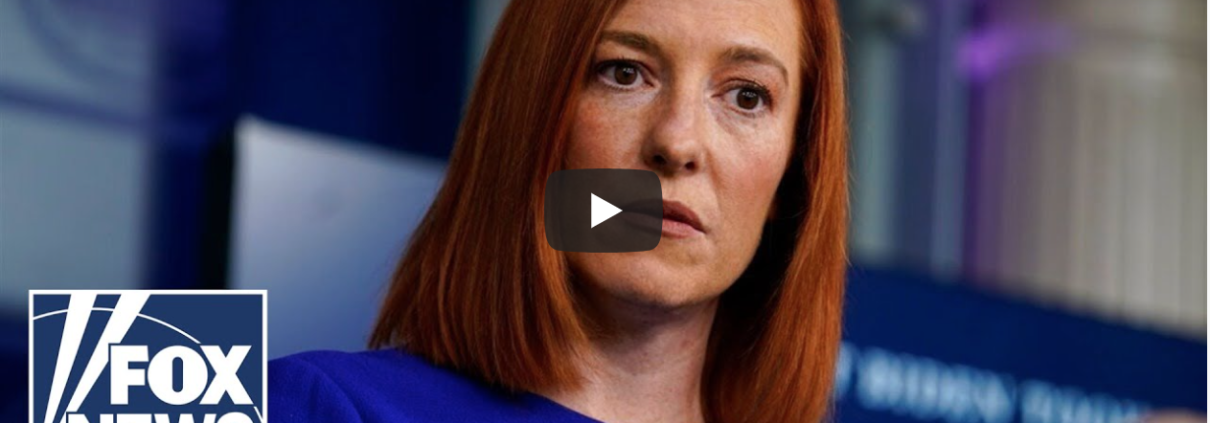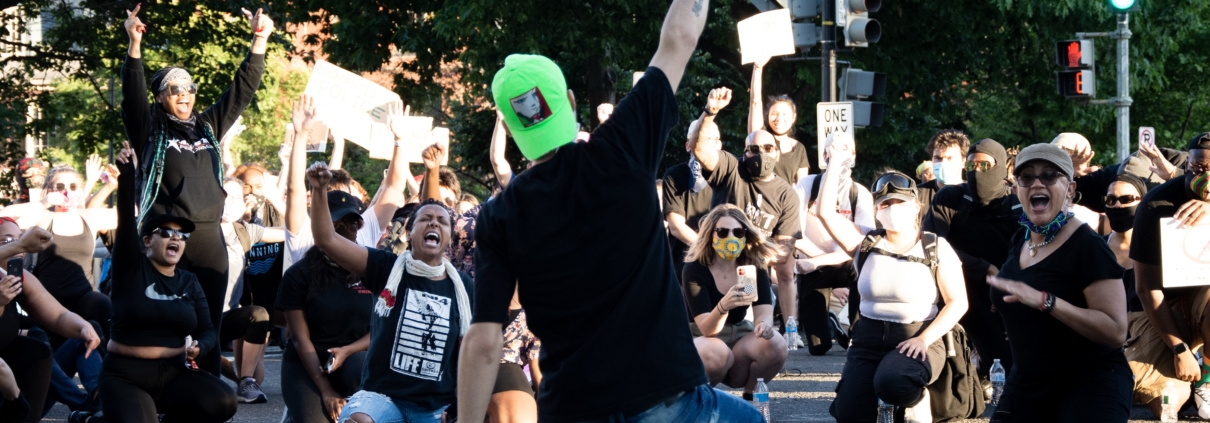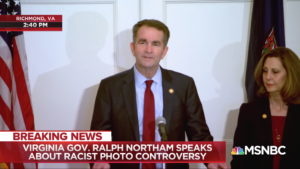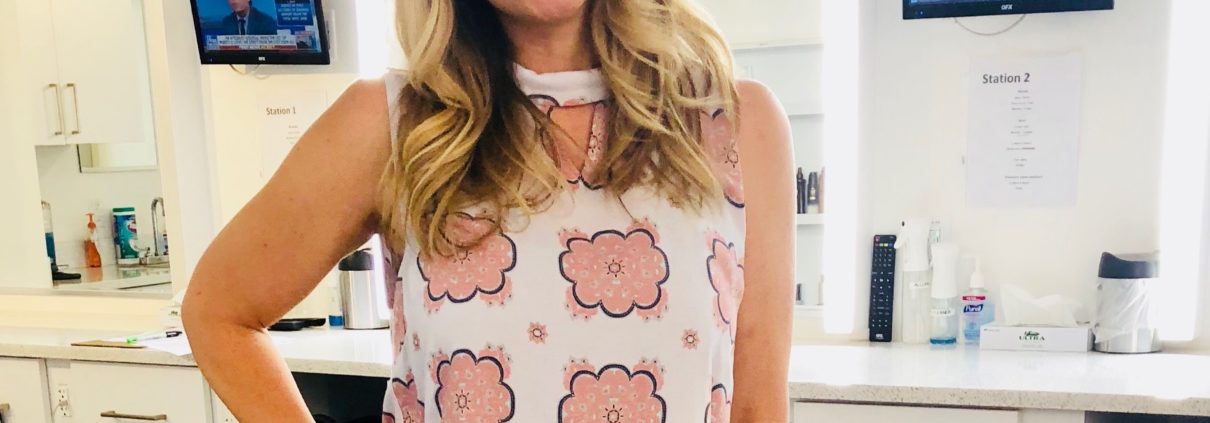To Tweet or Not to Tweet
With all the talk surrounding Elon Musk’s Twitter “takeover,” the question remains—is it valuable to have a presence on the platform?
The answer is an easy “yes” if Twitter trends more towards a free speech zone. But even if it doesn’t, we argue there are still good reasons to log on. While only 23% of Americans are on Twitter, almost everyone that you need to stay in contact with to build a media presence is — producers, reporters, bookers, and hosts. Even if they don’t officially follow you, they often check Twitter feeds of guests to judge legitimacy.
If you want media coverage for your issue, organization, and/or brand, you have to start tweeting. Here are a few tips to help you use Twitter to your advantage:
#1 — Remember, you are what you tweet.
What you tweet about is your brand, so don’t go viral for the wrong reasons. Instead, think reasonably and be persuasive on issues you care about, even if doing so only results in a few followers at a time. Slow and steady wins the race.
#2 — Be consistent.
Tweet at least once a day (Monday-Friday) to build a following. Comment on news-of-day issues that are in line with your brand. Quote tweet people talking about those issues to show agreement and disagreement.
#3 — Get personal.
Because you are what you tweet, strive to be more than just your issue, organization, or brand. Tweet out personal photos, and comment on your hobbies and activities of the day. Doing so gives people insight into who you are as a person and makes you more interesting to follow.



















 Carolyn is a makeup artist in the Washington DC area. She regularly prepares FOX News talent and guests for their work on TV, but was previously employed at CNN and HLN. She is represented by AMAX talent agency in Nashville TN, and her specialty is developing the look to match the vibe that the client needs for each individual project.
Carolyn is a makeup artist in the Washington DC area. She regularly prepares FOX News talent and guests for their work on TV, but was previously employed at CNN and HLN. She is represented by AMAX talent agency in Nashville TN, and her specialty is developing the look to match the vibe that the client needs for each individual project.